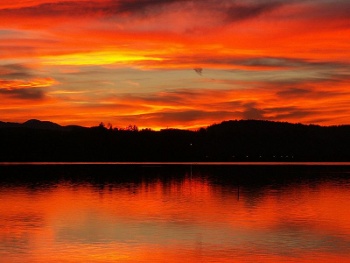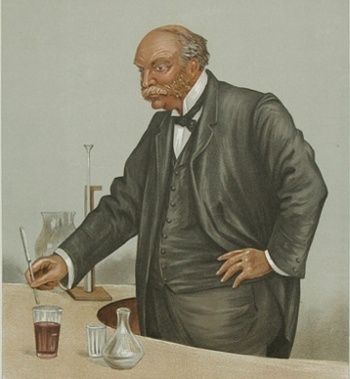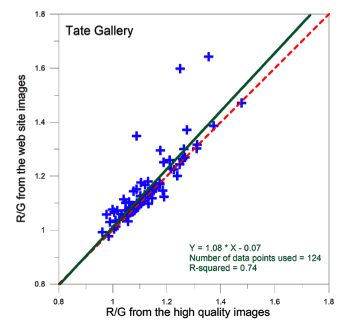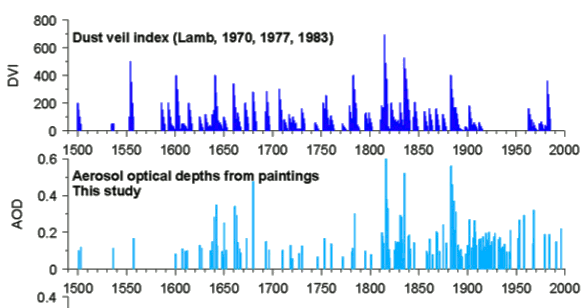Red Skies at Night...
April 25, 2014
There's an old
nautical adage,
"Red skies at night, sailors' delight.
Red skies in morning, sailors take warning."
The basis of this adage is the fact that
airborne dust and
aerosols concentrated in
weather fronts will make the sky appear to be red.
Weather generally travels from
west to
east, and red at
sunset indicates that the
air mass moving towards you from the west is a stable air mass, full of dust, a
portent of good weather. Likewise, a red sky at
sunrise indicates that your good weather has passed you.

Sunset at Lake Starnberg
On the evidence of this photograph, the following day must have been a good day for water sports on Lake Starnberg.
(Photograph by Christian Thiergan, via Wikimedia Commons.)
Shakespeare, who included much
folklore in his works, referred to the red morning portion of this adage in his 1593
poem,
Venus and Adonis (ll. 453-456):
Like a red morn, that ever yet betoken'd
Wrack to the seaman, tempest to the field,
Sorrow to shepherds, woe unto the birds,
Gusts and foul flaws to herdmen and to herds.[1]
Red skies are caused by
Rayleigh scattering, a
wavelength-dependent
scattering of light from airborne particles. The scattering is more pronounced at short wavelengths, so red light is preferentially
transmitted, and the effect is more pronounced at sunrise and sunset when the
Sun's rays travel through more of the
atmosphere.
This
optical effect was explained by
Lord Rayleigh (1842-1919), also known as John William Strutt, Third Baron Rayleigh, an
English physicist who co-discovered the
element,
argon, for which he was awarded the 1904
Nobel Prize in Physics. Rayleigh is best known for the
Rayleigh–Jeans law. This law explained
radiance at long wavelength, but it had a problem at short wavelengths. This "
ultraviolet catastrophe" was eventually solved by
quantum mechanics.

Lord Rayleigh in a Vanity Fair caricature from its December 21, 1899, issue.
The public equates science with laboratory glassware, so even a physicist is shown doing chemistry.
(Via Wikimedia Commons.)
Although there are various
remote sensing techniques to better measure atmospheric particulates, it would be possible to estimate these using the red sky
phenomenon. You would essentially measure excess red at the rising or setting Sun by
ratio this
color to a shorter wavelength color, such as green. The ratio of red to green
radiance should correlate with particulate
concentration.
That's the approach used by an international team of
atmospheric scientists in a study of
historical aerosol
optical depth (AOD) around the time of major
volcanic eruptions.[2] The team was comprised of scientists from the
Academy of Athens (Athens, Greece), the
Navarino Environmental Observatory (N.E.O., Messinia, Greece), the
University of Patras (Greece), the
National Observatory of Athens (Greece), the
Hellenic Open University (Patras, Greece), the
Justus Liebig University of Giessen (Giessen, Germany), the
University of Athens (Greece), the
National Observatory of Athens (Greece), and the
National Technical University of Athens (Greece).
The most interesting aspect of this
research, which is a continuation of an earlier study,[3] is that the red/green ratios were taken from
paintings by master
artists in the period 1500-2000. This was necessary, since
color photography wasn't
invented until just recently; and, even today, color rendering by
photochemical means is still less
accurate than what's perceived by an artist.
Since bringing
spectrometric equipment to numerous
museums would be tiresome, but many images of paintings are available
online, a first step was to determine whether online representations are accurate enough to be used. As the figure shows, there was reasonable
correlation between the red/green ratios of online images and a high resolution
color profile protocol for 124 images at the
Tate Gallery.[2]

Comparison of web image color rendition versus a more accurate color profile technique.
A perfect correlation is shown in red, while the actual correlation is shown in green.
(Fig. 1 of ref. 2, Creative Commons Licensed.)
As can be expected, this method produces suggestive, although not completely accurate, results, as can be seen in the comparison of the optical depth of aerosols using the red/green method and data derived from another source (see figure). The study also allowed an estimate of the affect of the
industrial revolution on
air quality.[2]

Comparison of the optical depth of aerosols using the red/green method and data derived from another source. The major features are evident. (A portion of fig. 4 of ref. 2, Creative Commons Licensed.)
These are
observations, but nothing is more satisfying to a scientist than an actual
experiment. To that end,
watercolor artist,
Panayiotis Tetsis, was
commissioned to paint four successive sunsets during the passage of a
Saharan dust outbreak over the
island of
Hydra, Greece, in June 2010. This was a
"blind" experiment, since Tetsis wasn't told about the dust storm. The red/green ratios of the painting and
photometric measurements matched quite well.[2]
As the authors state in their conclusions,
"Regardless of the school, red-to-green ratios from great masters can provide independent proxy AODs that correlate with widely accepted proxies and with independent measurements."
References:
- William Shakespeare, "Venus and Adonis," Project Gutenberg.
- C. S. Zerefos, P. Tetsis, A. Kazantzidis, V. Amiridis, S. C. Zerefos, J. Luterbacher, K. Eleftheratos, E. Gerasopoulos, S. Kazadzis and A. Papayannis, "Further evidence of important environmental information content in red-to-green ratios as depicted in paintings by great masters," Atmos. Chem. Phys., vol. 14, no. 6 (March 25, 2014), pp. 2987-3015.
- C.S. Zerefos, V.T. Gerogiannis, D. Balis, S.C. Zerefos and A. Kazantzidis, "Atmospheric effects of volcanic eruptions as seen by famous artists and depicted in their paintings," Atmos. Chem. Phys., vol.7, no. 15 (August 2, 2007), pp. 4027-4042.
Permanent Link to this article
Linked Keywords: Seamanship; nautical; adage; red sky at morning; red skies at night; air pollution; airborne dust; aerosol; weather front; Weather; west; east; sunset; air mass; omen; portent; sunrise; Lake Starnberg; water sports; Wikimedia Commons; William Shakespeare; folklore; poem; Venus and Adonis; Rayleigh scattering; wavelength; light scattering; transmittance; Sun; ray; atmosphere; optics; optical; John William Strutt, 3rd Baron Rayleigh; Lord Rayleigh (1842-1919); English; physicist; chemical element; argon; Nobel Prize in Physics; Rayleigh–Jeans law; radiance; ultraviolet catastrophe; quantum mechanics; Vanity Fair; caricature; science; laboratory glassware; physicist; chemistry; remote sensing; phenomenon; ratio; color; radiance; concentration; atmospheric scientist; history; historical; optical depth; volcanic eruption; Academy of Athens (Athens, Greece); Navarino Environmental Observatory (N.E.O., Messinia, Greece); University of Patras (Greece); National Observatory of Athens (Greece); Hellenic Open University (Patras, Greece); Justus Liebig University of Giessen (Giessen, Germany); University of Athens (Greece); National Observatory of Athens (Greece); National Technical University of Athens (Greece); research; painting; artist; color photography; invention; photochemistry; photochemical; accuracy; accurate; spectrometer; spectrometric; scientific instrument; equipment; museum; Internet; online; correlation; ICC profile; color profile protocol; Tate Gallery; Creative Commons License; industrial revolution; air quality; observation; experiment; watercolor painting; Panayiotis Tetsis; commission; Sahara; mineral dust; dust storm; island; Hydra, Greece; blind experiment; photometry; photometric; Project Gutenberg.